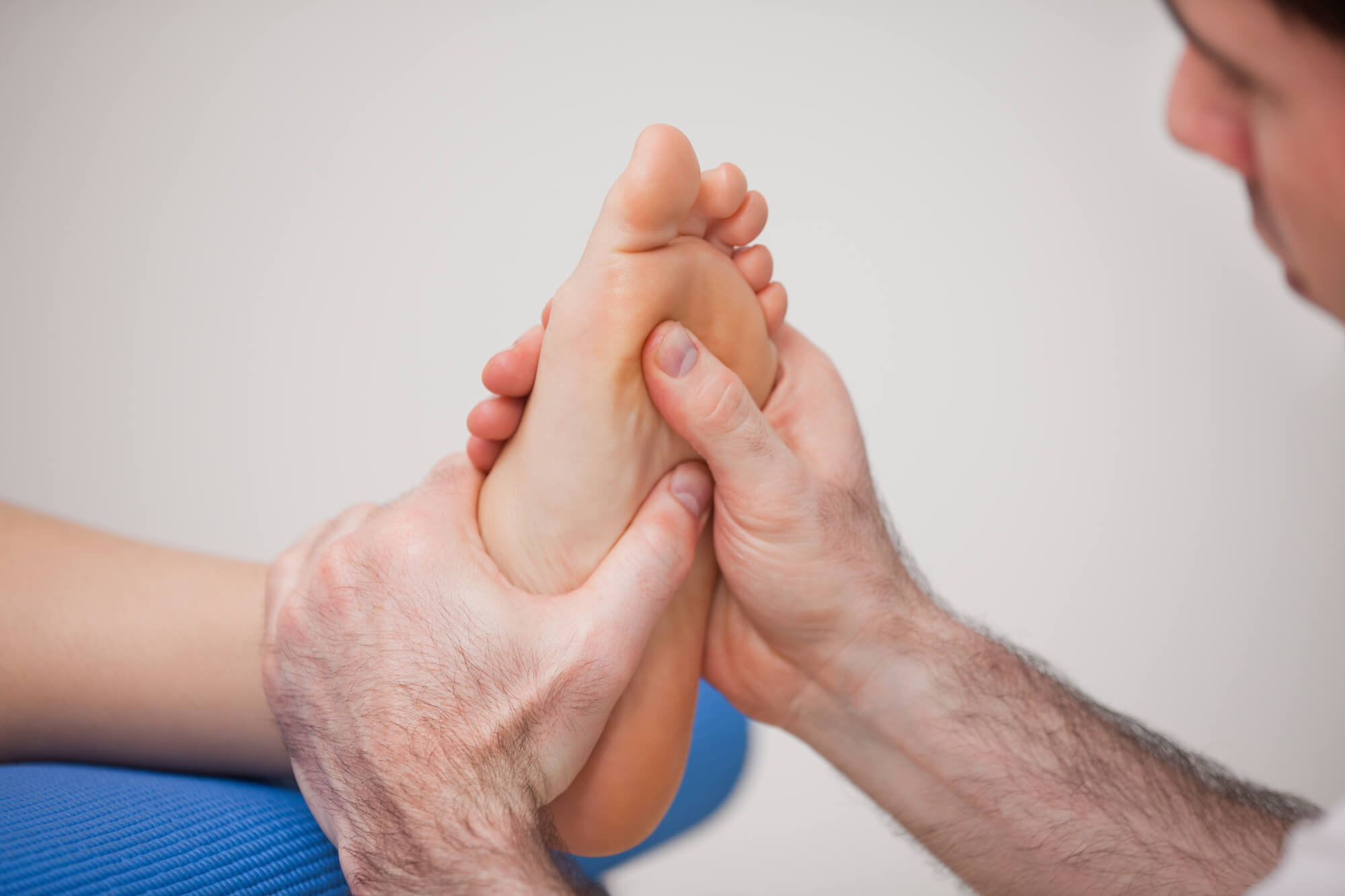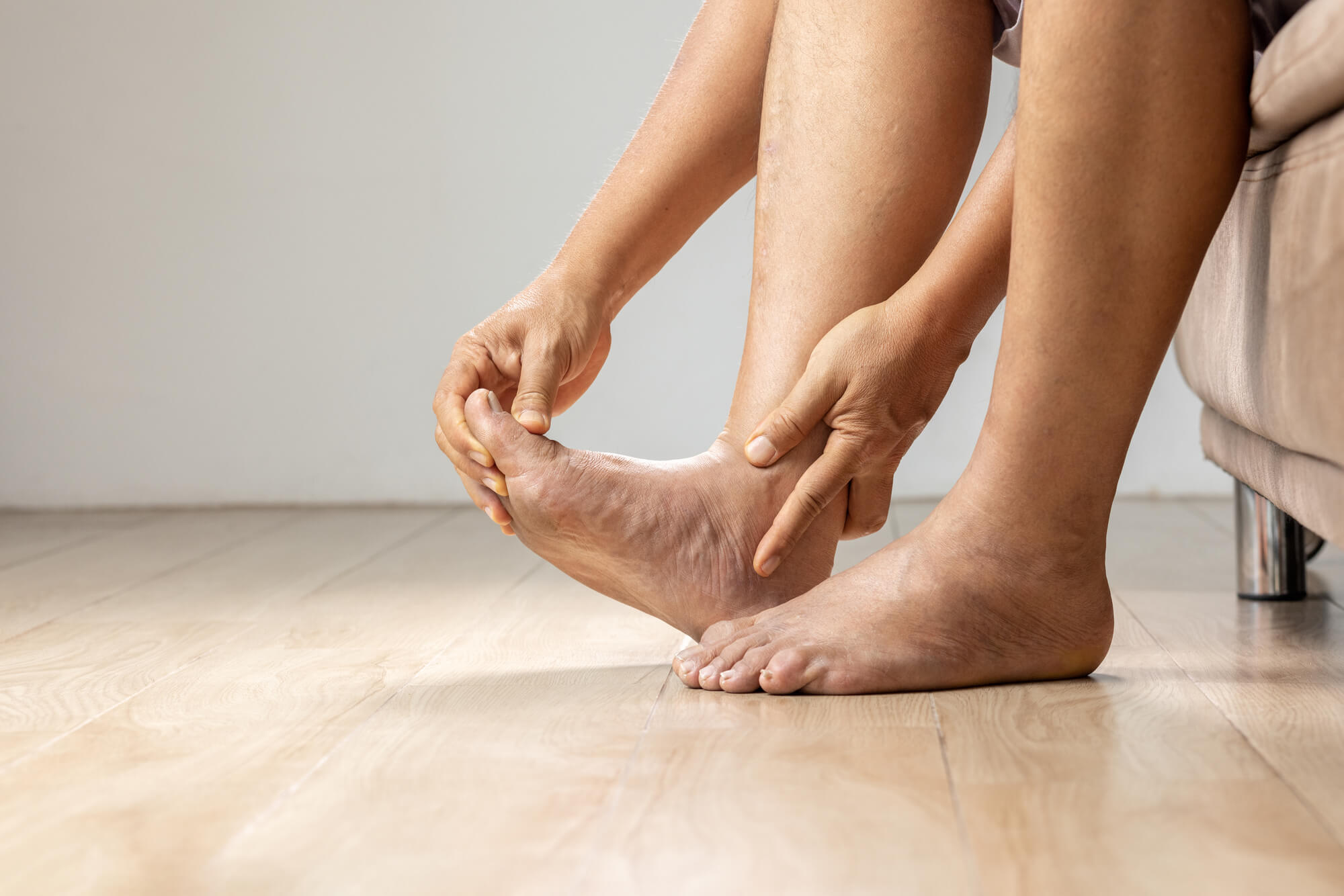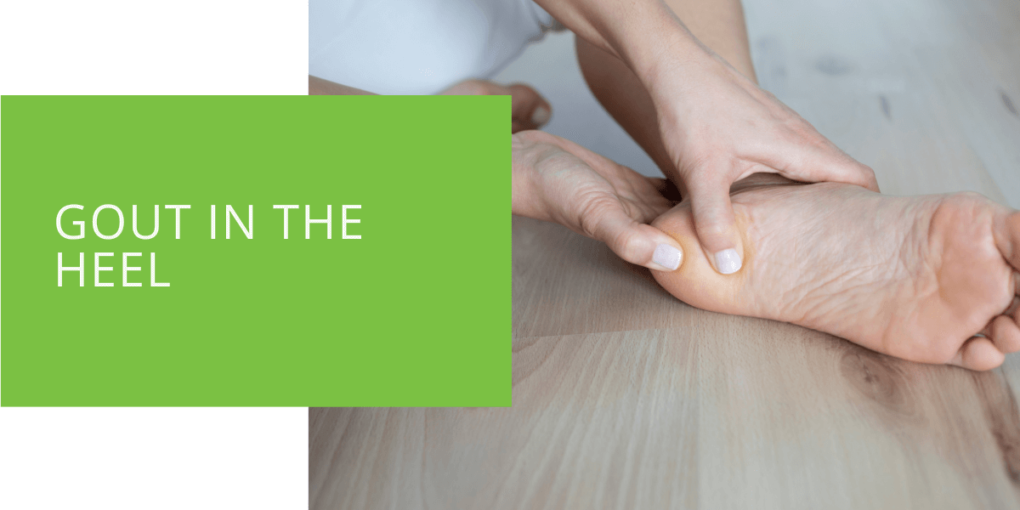Gout in the Heel
Gout is a type of arthritis that affects about 3.9% of adults in the United States. It is caused by high levels of uric acid in the blood, which can build up and form crystals in the joints, causing pain and inflammation. Gout is most common in men over the age of 40, but it can also affect women, especially after menopause.
The heel is a common site for gout, as the joint at the base of the big toe is one of the most frequently affected areas. Gout in the heel can be extremely painful and can make it difficult to walk or bear weight on the affected foot.
What Causes Gout in the Heel?
Gout is caused by high levels of uric acid in the blood, which can occur for a variety of reasons. Uric acid is a byproduct of the breakdown of purines, which are found in certain foods, such as red meat, organ meat, and seafood. A diet high in purines can contribute to high uric acid levels and increase the risk of gout.
Certain medications, such as diuretics and aspirin, can also increase the risk of gout. In addition, certain medical conditions, such as kidney disease and high blood pressure, can affect the body's ability to eliminate uric acid and lead to high levels in the blood.

Symptoms of Gout in the Heel
Gout in the heel is characterized by sudden, severe pain, swelling, and redness in the affected area. The joint may also feel warm to the touch and may be tender to the touch. These symptoms can occur suddenly and may be accompanied by fever and chills.
Gout can often be confused with other foot conditions, such as plantar fasciitis or a heel spur. It is important to see a doctor for an accurate diagnosis and proper treatment.
Diagnosis and Treatment of Gout in the Heel
Gout is typically diagnosed through a combination of blood tests and imaging studies, such as X-rays or MRI. These tests can help determine the presence of uric acid crystals in the joint and rule out other conditions.
There are several treatment options for gout in the heel, including medications, lifestyle changes, and surgery in severe cases.
Medications for Gout in the Heel
Nonsteroidal anti-inflammatory drugs (NSAIDs) are often used to reduce pain and inflammation in gout. These include over-the-counter options such as ibuprofen and naproxen, as well as prescription medications.
In addition, uric acid-lowering drugs, such as allopurinol and febuxostat, can be used to help reduce the levels of uric acid in the blood and prevent future gout attacks. These medications can take several weeks or months to take effect, so they are typically used in conjunction with NSAIDs for short-term pain relief.
It is important to talk to a doctor about the potential side effects of these medications and any potential interactions with other medications.

Lifestyle Changes for Gout in the Heel
Diet and lifestyle changes can also help manage gout in the heel. Reducing purine-rich foods in the diet and limiting alcohol intake can help lower uric acid levels and reduce the risk of gout attacks. Maintaining a healthy weight is also important, as obesity can increase the risk of gout.
Surgery for Gout in the Heel
In severe cases of gout that do not respond to medications and lifestyle changes, surgery may be necessary to remove uric acid crystals from the joint or to repair damaged joint tissue.
Joint drainage is a procedure in which a needle is used to drain excess fluid and uric acid crystals from the joint. This can provide temporary relief from symptoms, but it is not a long-term solution.
Joint replacement surgery may be necessary in cases of severe joint damage caused by gout. This procedure involves replacing the affected joint with a prosthetic joint. This can provide long-term relief from pain and restore mobility, but it is a major surgery with significant risks and recovery time.

Preventing Gout in the Heel
Gout in the heel can often be prevented by making lifestyle changes and properly managing underlying medical conditions. This includes following a healthy diet, limiting alcohol intake, and maintaining a healthy weight.
It is also important to take any prescribed medications as directed and to see a doctor regularly to monitor uric acid levels and manage any underlying medical conditions.
Conclusion
In conclusion, gout in the heel is a painful condition caused by high levels of uric acid in the blood. It can be treated with medications, lifestyle changes, and surgery in severe cases. By understanding the causes and risk factors for gout and taking steps to prevent it, it is possible to reduce the risk of gout in the heel and maintain good foot health.
FAQ
Is gout in the heel painful?
Yes, gout in the heel can be extremely painful and can make it difficult to walk or bear weight on the affected foot. The pain may be severe and sudden, and may be accompanied by swelling and redness in the affected area.
Can gout in the heel be cured?
Gout in the heel can usually be managed with medications and lifestyle changes, but it is not typically curable. The goal of treatment is to reduce pain and inflammation and prevent future gout attacks. In severe cases, surgery may be necessary to remove uric acid crystals from the joint or repair damaged joint tissue.
Is gout in the heel common?
Gout is a relatively common form of arthritis, affecting about 3.9% of adults in the United States. The heel is a common site for gout, as the joint at the base of the big toe is one of the most frequently affected areas.
How long does gout in the heel last?
The duration of gout in the heel can vary depending on the severity of the condition and the effectiveness of treatment. Mild cases of gout in the heel may resolve within a few days to a week with proper treatment, while more severe cases may last for several weeks or longer.
Can gout in the heel be treated at home?
Mild cases of gout in the heel may be treated at home with over-the-counter pain relievers and ice packs to reduce swelling. It is important to see a doctor if the pain is severe or if the symptoms do not improve after a few days. A doctor can determine the cause of the gout and prescribe the appropriate treatment.
What are the long-term effects of gout in the heel?
If left untreated, gout in the heel can lead to joint damage and disability. Recurrent gout attacks can also increase the risk of developing other health problems, such as kidney disease and high blood pressure. Proper treatment and management of gout can help reduce the risk of these complications.
Can gout in the heel be treated with natural remedies?
Some people with gout in the heel may find relief with natural remedies, such as cherry juice and celery seed extract. However, it is important to consult a doctor before trying any natural remedies, as they may interact with medications or have side effects. Natural remedies should not be used as a replacement for prescribed treatment.

